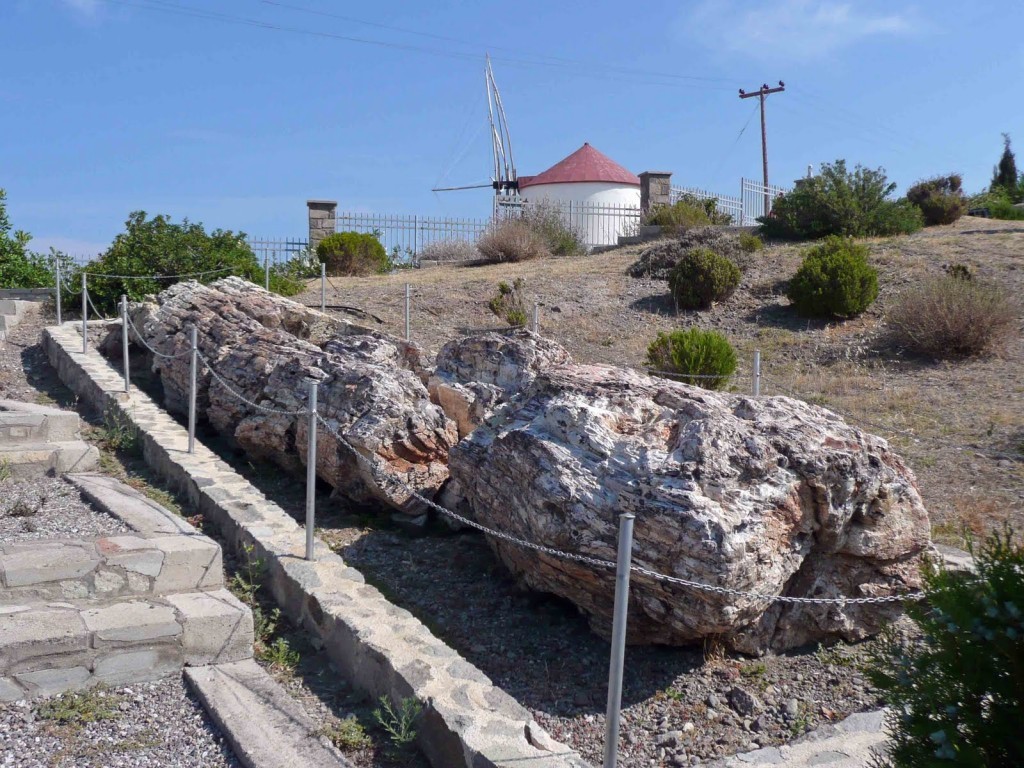Professor Nikos Zouros, director of the Museum of Natural History, presented the nomination of the Petrified Forest of Lesvos to become a UNESCO World Heritage Site.
Professor Zouros first presented the UNESCO declaration on the protection of cultural and natural heritage of 1972 and then referred to the criteria that a landmark should meet in order to become part of the UNESCO World Heritage List.
Through extensive photographic material, Professor Zouros presented important and famous landmarks around the world that are part of the World Heritage List, focusing on the 17 Greek monuments which are included in the list, such as the Acropolis, Meteora monasteries, and Ancient Olympia.
Then, he explained the reasons why the Petrified Forest of Lesvos is an important landmark of outstanding universal value.
According to UNESCO’s official site, “many features attest to the uniqueness and the Outstanding Universal Value of the Petrified Forest: the autochthonous nature of the forest, since the trees were fossilized in their original places of growth, the large number and variety of species which make up the composition of the fossilized flora with over 46 genera and species of plants identified, the perfect preservation of plant features including the interior structures of the fossilized trees which make their identification possible, the rare finds of the fauna that lived in this ancient forest, and the composition of the petrified flora, which is one of the most important indicators of the climate conditions that once existed during the period in which the Petrified Forest was created.”
Finally, as it is underlined on the site, this special place inspired Aristotle and Theophrastus to write masterpieces of scientific literature, which were for many centuries the basic texts on ecology, biology, geology and mineralogy.
Lesvos Petrified Forest
Located on the island of Lesvos (North Aegean Region), one of the most important natural heritage monuments in the world, the Petrified Forest of Lesvos, is a unique testament to the ecosystem that once existed in the Aegean region during the Miocene Epoch.
The forest consists of hundreds of fossilized trunks, standing or downed, coniferous or fruit-bearing, which are scattered over an area of 15,000 hectares in major concentrations within the protected region and at many other sites in the layers of volcanic rocks.
To protect and promote the wonders of this ancient forest, the Greek state declared the area a Protected Natural Monument in 1985. It has also been included in regions protected by the Barcelona Convention (Protection of the Mediterranean Sea against Pollution.
Ask me anything
Explore related questions









